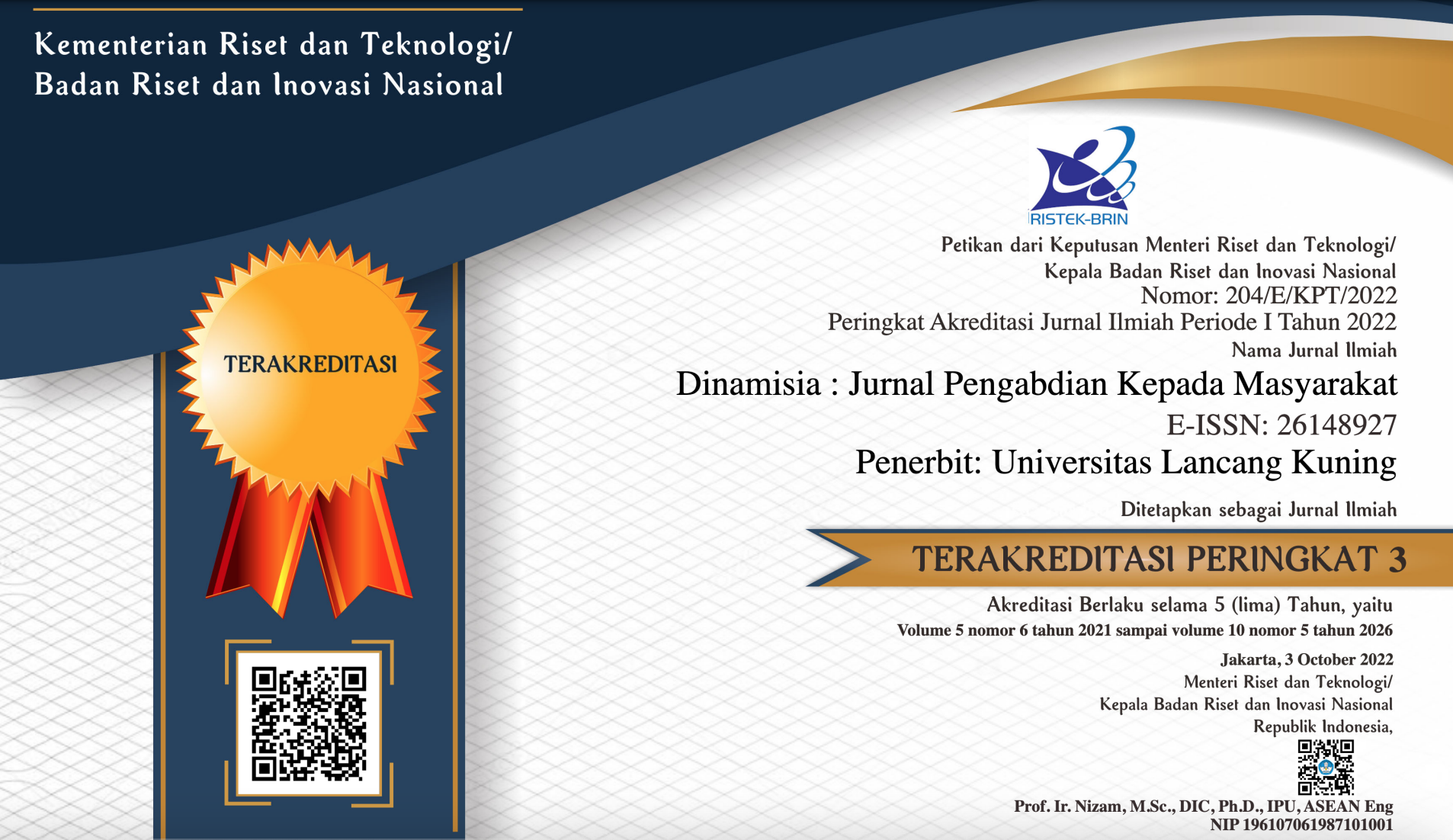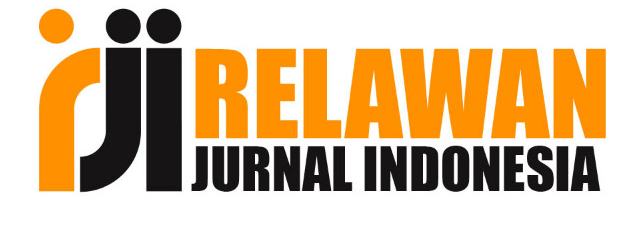Technopark Kelor as a Non-productive Community Empowerment Facility in Jonggol, Bogor Regency
Abstract
The Moringa plant is dubbed a superfood by the WHO International agency, because it has many nutrients contained in it such as vitamins C, A and potassium. Moringa plants are suitable for planting in Indonesia's tropical climate. As well as not much maintenance to be done, just by keeping the soil moist. The Jonggol people are generally farmers or non-productive people, for that purpose the service is aimed at empowering non-productive communities in Jonggol Village, in order to obtain promising additional income through the empowerment of Moringa plants. The implementation method goes through 3 stages, namely the nursery stage, the cultivation stage and the technopark development stage. The results obtained from a total of 250 Moringa seeds and nurseries, 200 Moringa seeds managed to grow shoots, and 180 Moringa shoots that managed to grow into Moringa trees ready for planting which will then be distributed to the people of Jonggol Village. It is hoped that through this service activity the Jonggol people can get optimal benefits from cultivating Moringa plants, thus increasing the economy, as well as improving the quality of life of the village community.
Downloads
References
Alexandrov, A.V & Hennerici, M.G. (2015). Writing Good Abstracts. Article in Cerebrovascular Diseases. DOI: 10.1159/00009832
Eva Resia (2022) , Daun Kelor, Segudang Manfaat Untuk Kesehatan dan Perekonomian, Kemenrian Keuangan RI,
Hery Kurniawan, dkk, 2021, “Kupas Tuntas Kelor : Pesona Tanaman Ajaib”, CV. Anugrah Jaya, Palembang. Instagram : @bpsilhk_kuok
Lolita Valda Claudia (2021), Cara Menaman Daun Kelor di Polybag dengan Teknik Biji dan Stek Batang, Kompas.com, https://www.kompas.com/homey/read/2021/07/18/193000776
Luluk Sutji Marhaeni (2021), Daun Kelor (Moringa Oleifera) Sebagai Sumber Pangan Fungsional Dan Antioksidan, JURNAL AGRISIA-Vol.13 No.2 ISSN : 2302-0091
Muhammad NA, Muhyiddin, Bawazier T, Anindito IA, et al. 2015. Studi Pengembangan Technopark di Indonesia: Survey terhadap 10 Embrio Technopark di Indonesia. Tim Analisis Kebijakan. Bappenas. Jakarta (Indonesia).
Pakaya, S., Umar, & Arifuddin. (2022). Bolsel Scence Technopark di Kabupaten Bolaang Mongondow Selatan dengan Pendekatan Arsitektur Modern. Venustas, 2(1), 39–44. https://doi.org/10.37195/venustashome.v2i1.253
Sari, N., & Retnaningsih, E. (2020). Strategi Pengembangan Science Techno Park Melalui Ekosistem Inovasi dalam Rangka Peningkatan Daya Saing Daerah Provinsi Sumatera Selatan. Publikasi Penelitian Terapan Dan Kebijakan, 3(1), 1 - 20. https://doi.org/https://doi.org/10.46774/pptk.v12i1.114
Siska Rahmawati (2022), Peluang Usaha Budidaya Kelor Modal sekali Panen Berkali – Kali, https://angkasa.co.id/peluang-usaha-budidaya-kelor/.



















